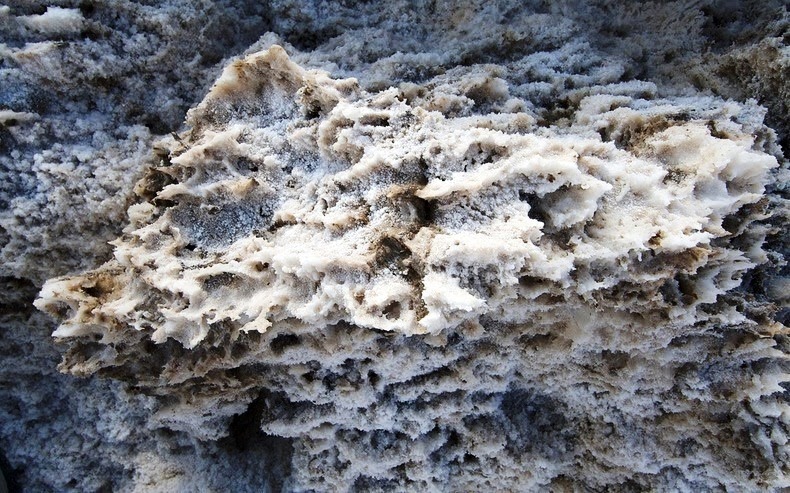The Chimney Rock is one of the
most prominent and distinguishable landmarks in Morrill County in western
Nebraska in the US. The remnant of the erosion of the bluffs at the edge of the
North Platte Valley, the slender spire with a conical base rises nearly 300
feet above the surrounding valley and is visible for many miles from the east
along U.S. Route 26. The impressive formation is composed of layers of volcanic
ash and Brule clay dating back to the Oligocene Age 23 million to 34 million
years ago. It is placed approximately 4 miles south of present-day Bayard in
Millard County. The prominent Chimney Rock shot to fame during the middle of
the 19th century when emigrants traveling along the Oregon, California and
Mormon Trail spotted it on their journeys across Nebraska. Roughly 350,000
settlers passed by Chimney Rock, and hundreds of them mentioned it in their
journal entries. Those who followed started to use it as a landmark. Several 19th
century travelers stopped to marvel at this natural inquisitiveness and felt
compelled to carve their names on Chimney Rock, though very few inscriptions
lasted long.
Joshua Pilcher was the first
recorded mention of “Chimney Rock”, in 1827 who had journeyed up the Platte
River Valley to the Salt Lake rendezvous of the Rocky Mountain fur trappers. In
those days the rock was referred to by a diversity of names including Chimney
Tower, Chimley Rock, and Elk's Peak, but “Chimney Rock” had become the most frequently
used name by the 1840s. The sketches, paintings, written accounts, and some early
photos, it is well thought that the spire was approximately 30 feet higher than
it is now. Wind, erosion and lightning could have major caused the spire to break
off. The severe lightning strike in 1992, the Chimney Rock suffered a 5-foot
loss in height all at once. In 1956 the place of Chimney Rock was designated a
National Historic Site.Source: Charismatic Planet




















































